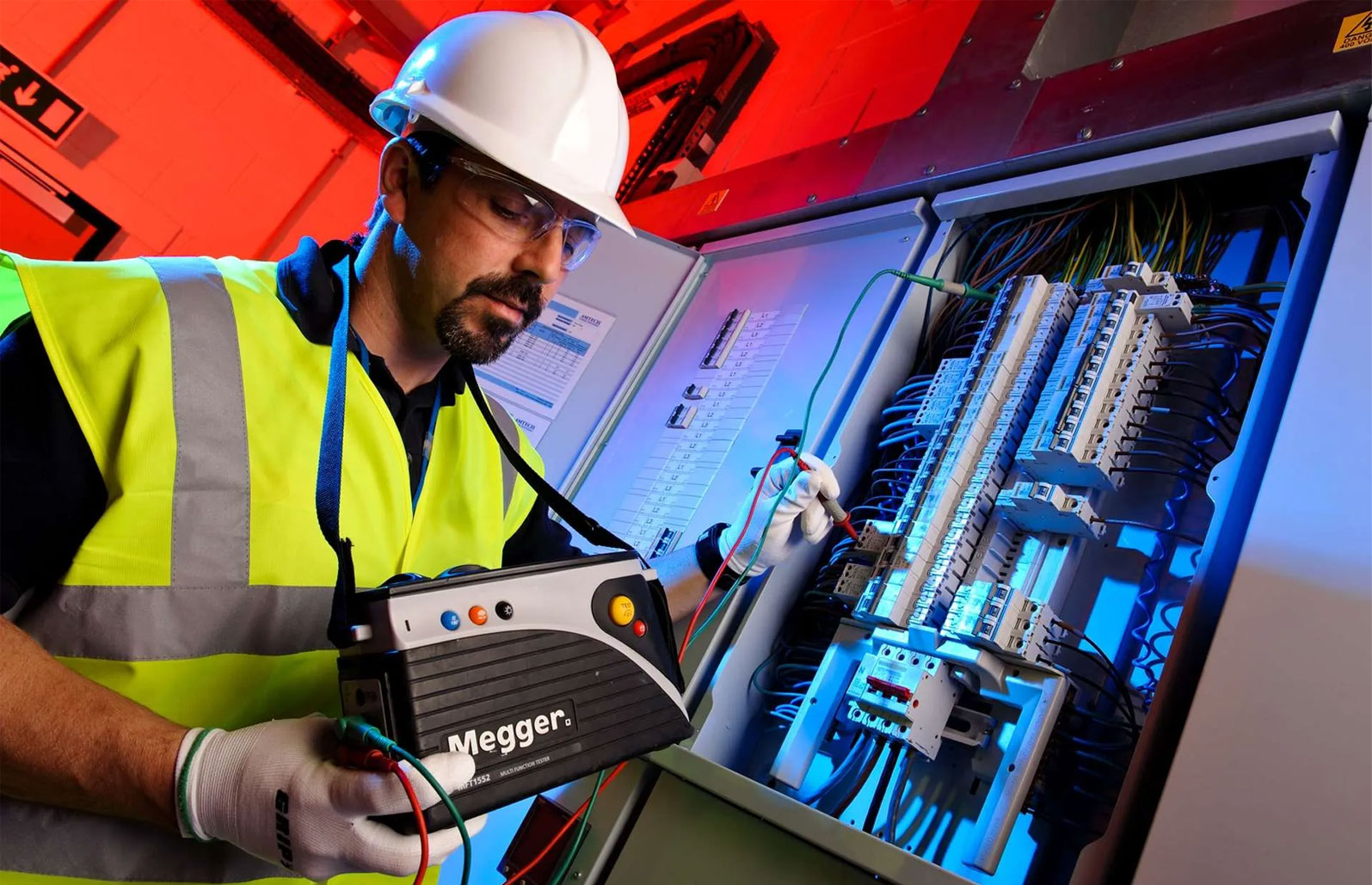- Home
- Corporate
- Product Certification
- System Certification
- Laboratory Services
- Services
- News
Call Us Now
info@astormayer.us
Call Us Now
info@astormayer.us
+13072889050

Electrical performance tests are a series of tests to evaluate the safety, functionality, and efficiency of electrical devices and systems. These tests can be used during production, during diagnostics and repairs, or during the research and development phase.
Electrical performance tests are a series of tests to evaluate the safety, functionality, and efficiency of electrical devices and systems. These tests can be used during production, during diagnostics and repairs, or during the research and development phase.
Some common types of electrical performance tests include:
Electrical performance tests can be used on a variety of devices and systems:
Electrical performance tests can be used for a variety of purposes, such as:
Electrical performance tests are important to ensure that electrical appliances and systems operate safely, functionally, and efficiently. These tests should be performed by qualified and experienced personnel.
Adding {{itemName}} to cart
Added {{itemName}} to cart